The nasal orifice is a simple but powerful access point to the system of Ear, Nose, Throat and Eyes and the sophisticated functions of the brain. Nasya or nasal instillation of medicated oil is one among the Panchakarma or the five Ayurveda Sodhana(Purifactory) therapies, that is used very effectively to remedy problems ranging from minor cosmetic ones to endocrine malfunction and neurodegeneration disorders.
Anutaila is a classical combination prescribed for regular Nasya in healthy individuals for the up keep of health and beauty, and in the diseased as well, for ridding the body, especially the Uttamanga (Head), of Kapha-Pitta disorders and balancing the tridoshas.
Benefits of Sitaram Ayurveda Anutailam:
A well-crafted combination of Kapha alleviating drugs like Darvi, Agaru, Vidanga; Pitta pacifying drugs like Swetachandana, Utpala and Ramaccha; Vata pacifying drugs like Bala, Vilwa, Sthira; and nourishing drugs like Jivanti and Mustha in a rich base of sesame oil fortified with goat?s milk.
Anu taila is lauded for its capability to treat diseases effectively and imbalances rising above the shoulder, i.e. It can treat the diseases of eyes, ears, nose, throat, oral cavity, scalp and maintain their health and function.
Regular nasya with Anu-taila is recommended during periods of seasonal flu, cough and cold, as it protects the oral cavity and nasal orifice from invading microbes and infection.
It is used as a Panchakarma therapy in suitable doses, for draining out vitiated Kapha from the upper body.
The medicated oil instilled into the nose imparts unctuousness. It delivers the nourishing properties of the Jeevniya gana drugs( drugs that increase ojas or vitality) to the body.
Arrests hair fall and breakage, premature greying and revives dull, lustreless hair.
Enhances the functioning of the sense organs located in the head. Protects vision, hearing, olfaction and taste.
Regular application can tap into the brain functions and modulate the activity of neurotransmitters in the head.
Dosage of Sitaram Ayurveda Anutailam:
For Samana or palliative purposes
Adults: 2-4 drops in each nostril
Children: 1-2 drops in each nostril
Administer the taila after mild steam application to the neck, for best results
(The dosages may be increased or decreased based on the individual?s strength and disease intensity.)
Suitable for all ages.
Ingredients of Sitaram Ayurveda Anutailam:
Jivanti (Leptadenia reticulata)
Also known as Cork swallow-wort. According to Ayurveda, it improves vision and nourishes the body by enhancing strength, life expectancy, and immunity. It balances all the three Doshas and the Vata and Pitta Doshas in particular. Its properties include Chakshushya that is improving vision and treating eye disorders, nourishing, and Balya. Improves immunity.
Jala(Coleus aromaticus)
Known as the Mexican mint . It is used in Ayurveda as an antimicrobial, antibacterial, antifungal, cytotoxic, and antioxidant .it is mainly used in treating nasal bleeding disorders. It is used to prepare formulations to treat headaches and sinusitis.
Devadaru (Cedrus deodara)
Known as Himalayan Cedar., it helps treat cough also treating sinusitis and other nasal disorders. It is also used as an analgesic to treat headaches. It also has excellent anti-inflammatory properties that relieve chronic inflammations
Jalada (Cyperus rotundus)
It is commonly known as the nutgrass. It is used in for its anti-inflammatory properties. It also has various medicinal properties and acts as an analgesic antibacterial agent and helps in reducing inflammation in the nasal passage.
Tvak (Cinnamomum verum)
Also known as the true Cinnamon tree. It is used in traditional medicine as a carminative, astringent, haemostatic, antiseptic, antispasmodic, and expectorant.
Sevya (Vettiveria zizaniodes)
Also known as the khuskhus grass, it is known for its hematinic expectorant, antimicrobial antibacterial and antiasthmatic properties. It is used as a detoxifier and aids wound healing .also it is cooling in nature.
Gopi (Hemidesmus indicus)
Also known as Indian sarsaparilla, it is mainly used as a rejuvenating agent for nourishing the body and also as a cleansing and detoxifying agent. It also has anti-inflammatory properties and is also rich in antioxidants.
Hima (Santalum album)
Also known as sandalwood. It is traditionally used in the treatment of skin disorders. It has antiseptic and anti-inflammatory properties. It helps treat headaches and migraine.
Darvi (Berberis aristata)
Also known as Indian barberry or tree turmeric, it is used traditionally as an antifungal, antibacterial, antioxidant, antiviral and anti-inflammatory. Its formulations are used to treat eye and ear infections.
Madhuka(Glycyrrhiza glabra)
Known as liquorice, it has anti-ageing properties. It is a multipurpose ingredient helpful Ayurvedic medicine as an anti-inflammatory, antioxidant, anti-cancer, antibacterial, anti-arthritic, analgesic, and antacid. It is useful in curing respiratory diseases like bronchitis, asthma, chest congestion and sore throat.
Plava(Cyperus esculentus)
It is also known as tiger nut. It is reported to help in preventing heart disease and thrombosis. It also activates blood circulation. It is also known to have antimicrobial properties.
Vari (Asparagus racemosus)
It is also known as buttermilk root or climbing asparagus. It is called the queen of herbs. It is useful in Ayurveda as a nutritive tonic, rejuvenating, antioxidant, antimicrobial, anti-depressant, adaptogenic, and immunomodulator.
Pundrahva (Sachaarum Officinarum)
It is commonly known as sugarcane. A cooling Ayurvedic antiseptic that is said to give strength and comfort to the mind and heart.
Bilva (Aegle marmelos)
It is also known as bael or Bengal quince. It is used in the treatment of sinusitis and the common cold. It is famous for its antioxidant, anti-inflammatory and laxative properties.
Ulpala (Kaempferia rotunda)
It is also known as water Lilly. It is used in Ayurvedic medicine as an antitumour, antitoxic and anti-inflammatory. It is also used to initiate hair growth, treatment of tremors and convulsions.
Dhavani dwayam(Solanum xanthocarpum)
Also known as the Indian night shade. It is used in traditional medicine as an antioxidant and anti-inflammatory agent. It is used in the treatment of infectious and degenerative diseases. It is used in respiratory diseases to manage cough and is used as an expectorant.
Dhavani dwayam (Solanum indicum)
It is also known as black nightshade. One of the potent Dasha Moola herbs. It has various applications as anti-inflammatory, astringent, carminative. It used in the treatment of asthma, chronic fever, colic spasmodic cough etc.
Sthira (Desmodium gangeticum)
Also known as tick clover. This herb is used in Ayurveda as an anthelmintic, immunity-stimulating, anti-catarrhal, antioxidant, and nervine tonic. It balances Vata and Kapha Doshas.
Agaru (Aquilaria Agallocha)
It is commonly called as agarwood. It is used in traditional medicine as an astringent, carminative and antiasthmatic. It Is also used in Ayurveda to help treat skin diseases.
Krimihara (Embelia ribes)
Commonly called as false black pepper it has wound healing properties in Ayurveda. It is used for it?s anti-bacterial, antiprotozoal, analgesic and anti-inflammatory properties.
Kushta (inula racemosa)
Known as the Indian costus root, has been reported for its antioxidant and anti-ageing properties. It contains kaempferol, gallic acid, caffeic acid and other essential phenolics that exerts significant anti-ageing properties.
Tudi (Elettaria cardamomum)
Also called as cardamom. It balances Kapha and Vata Doshas it is used in Ayurveda as an antioxidant.
Kinjalka kamala (Nelumbo Nucifera)
It is called as sacred lotus. It is useful as an Ayurvedic diuretic, coolant, antipyretic and tonic.
Aja Ksheera (Goat Milk)
Highly nourishing without the cooling effect of cow?s milk.
Tila Thaila (Sesamum indicum)
Also called as sesame oil Is used in Ayurveda to treat neuromuscular disorders. It is strengthening and gets well absorbed by the tissues.

 Shop
Shop Beauty Care
Beauty Care Grocery & Gourment Foods
Grocery & Gourment Foods Baby Care
Baby Care Pet Products
Pet Products +91 9790 666 400
+91 9790 666 400 Home
Home Login
Login Cart (
Cart ( 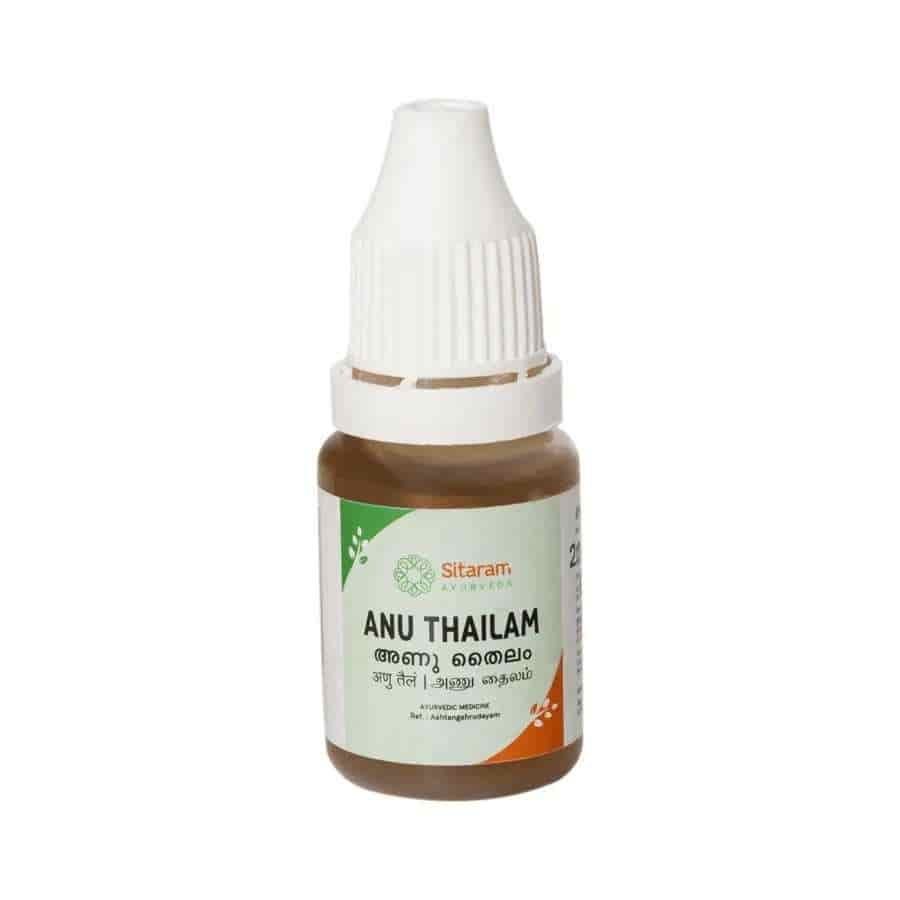
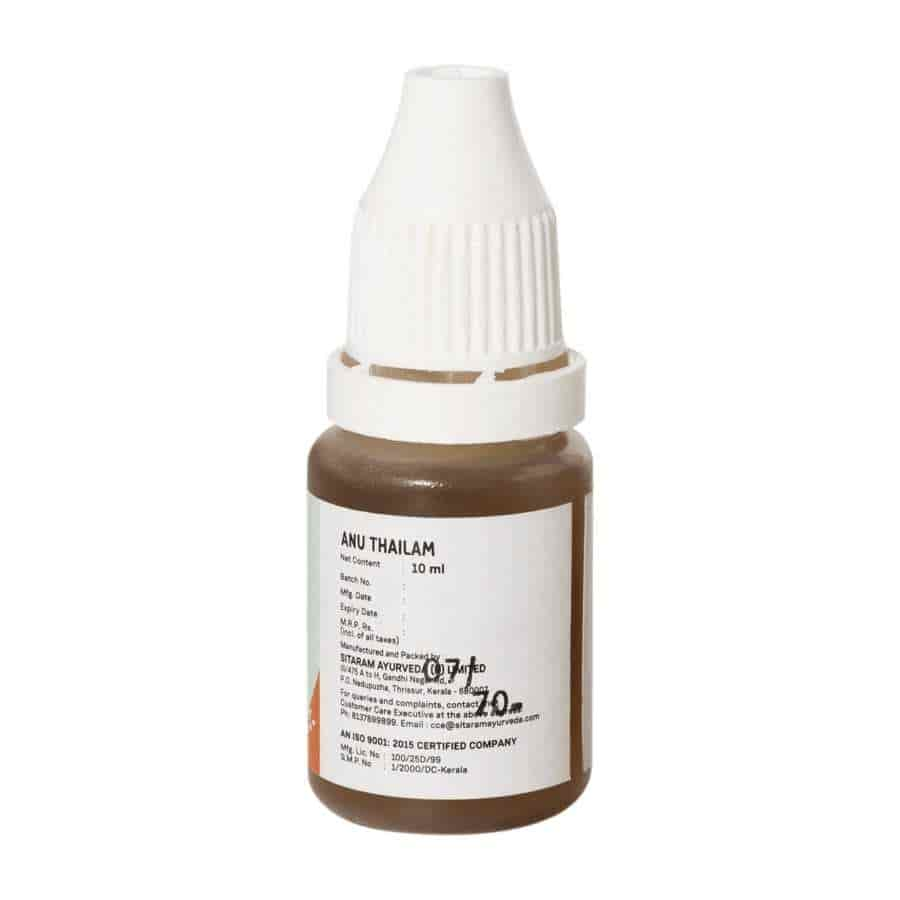
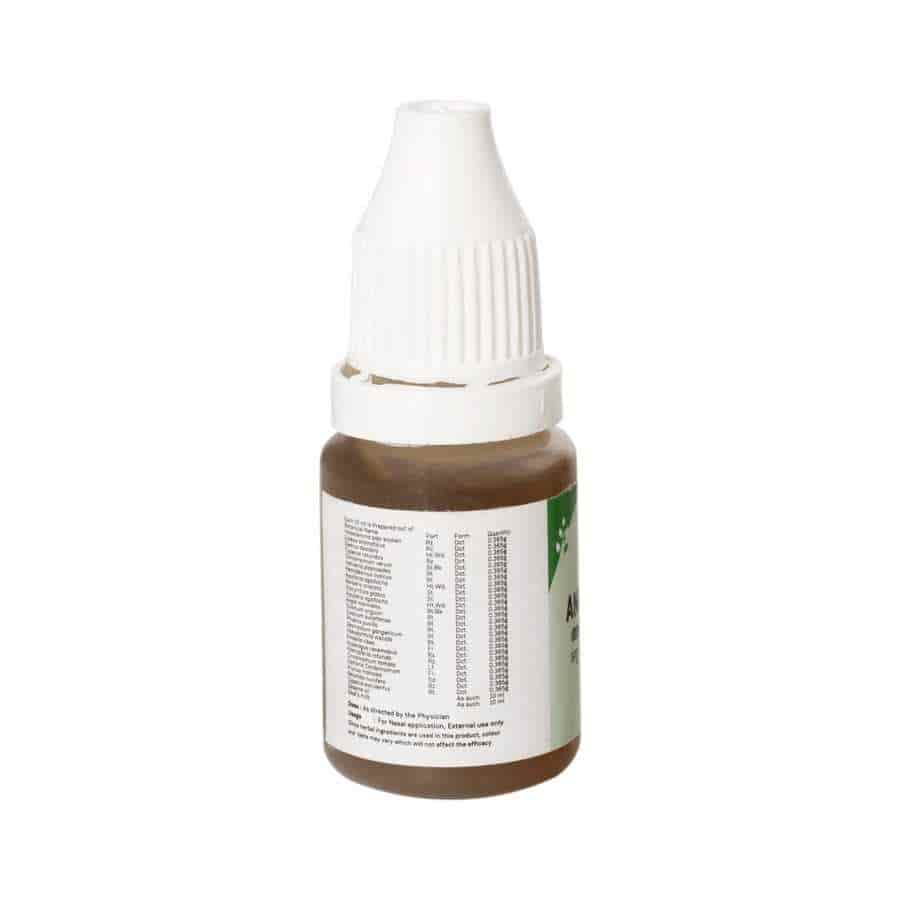



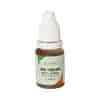
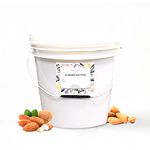

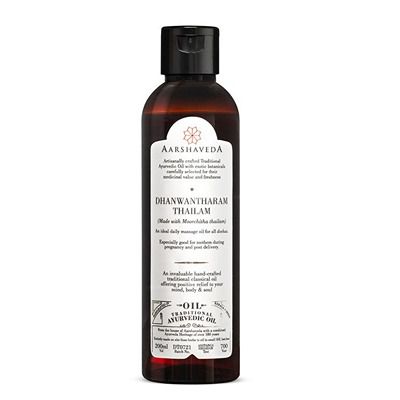
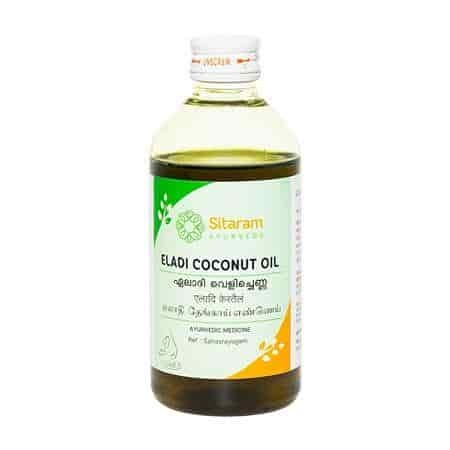
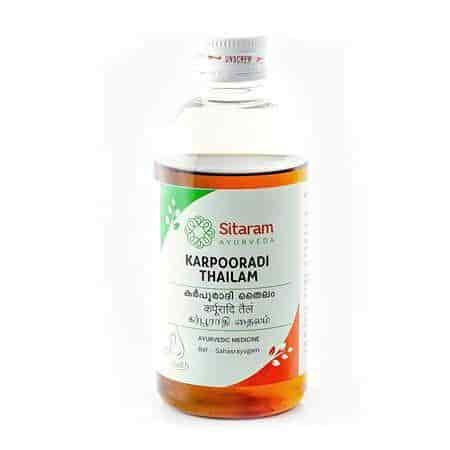
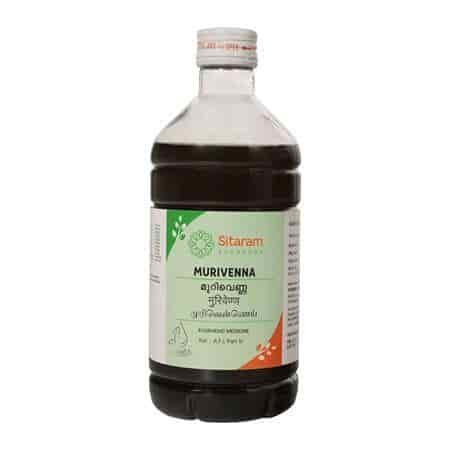
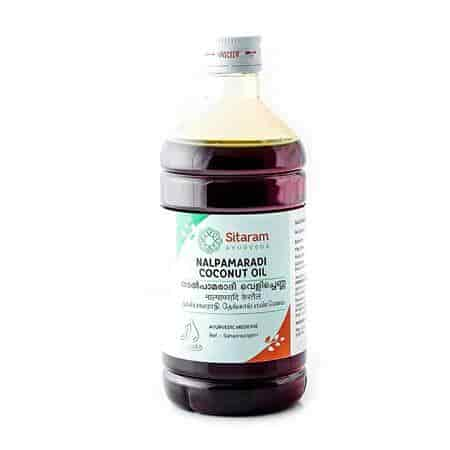
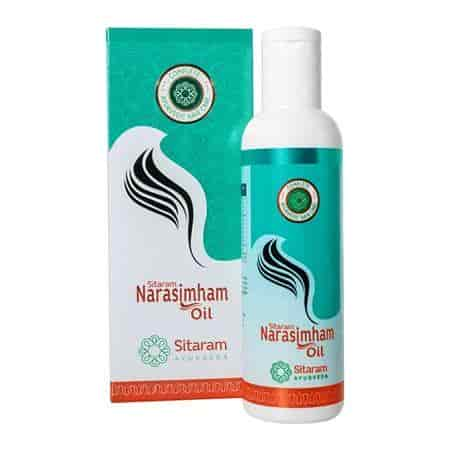
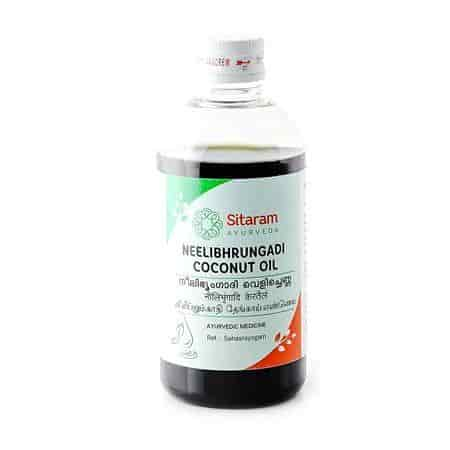
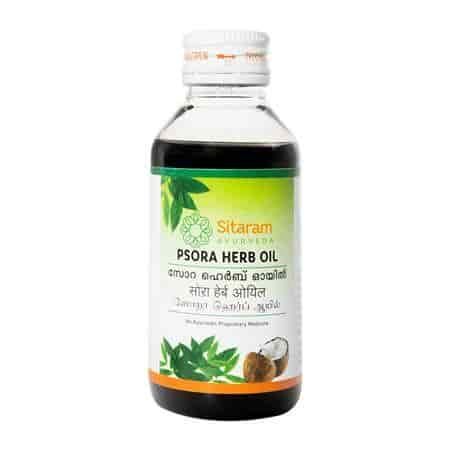
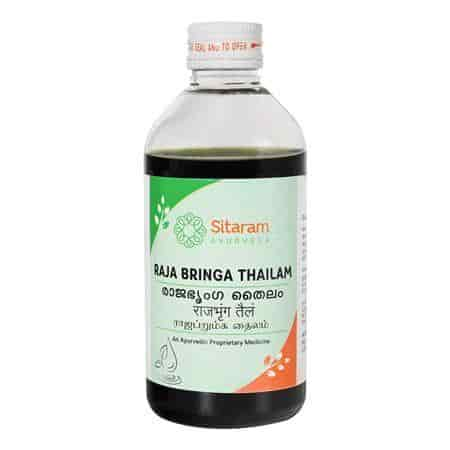
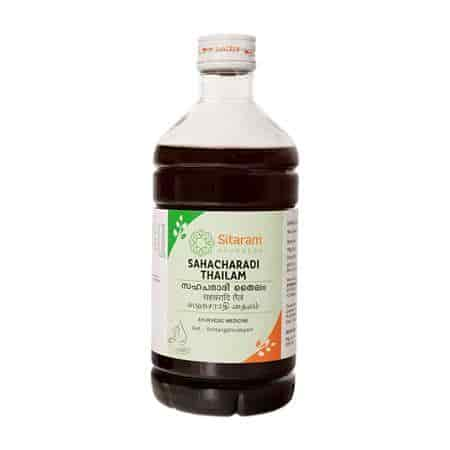
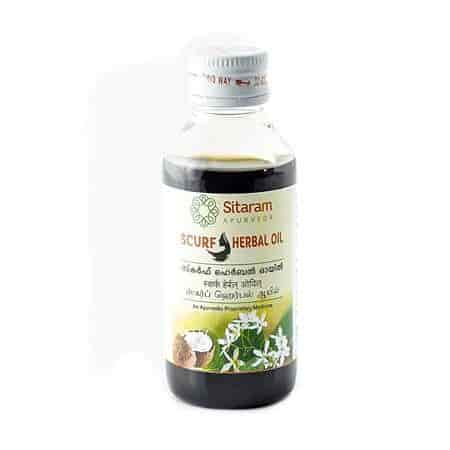
Add a review